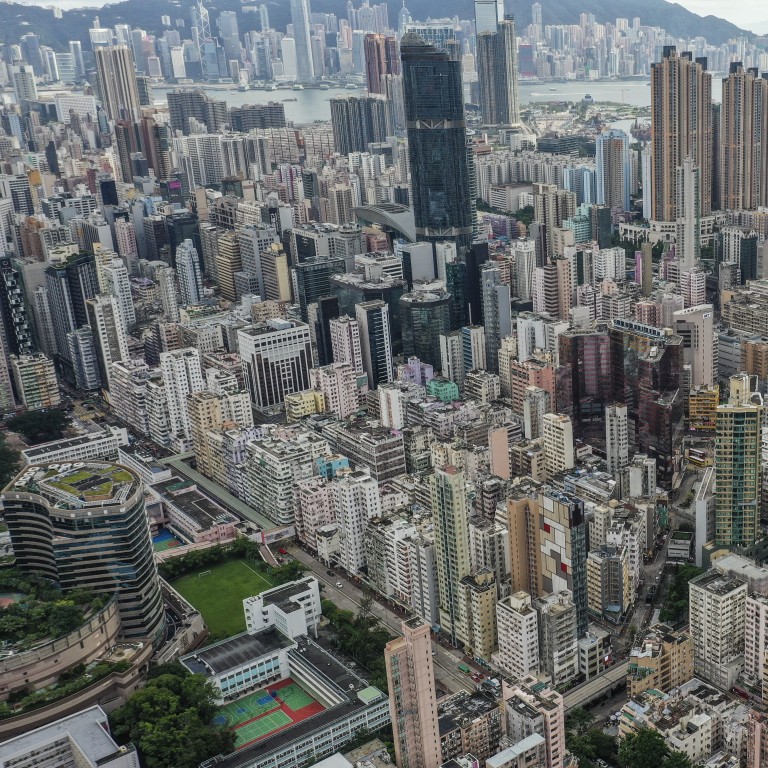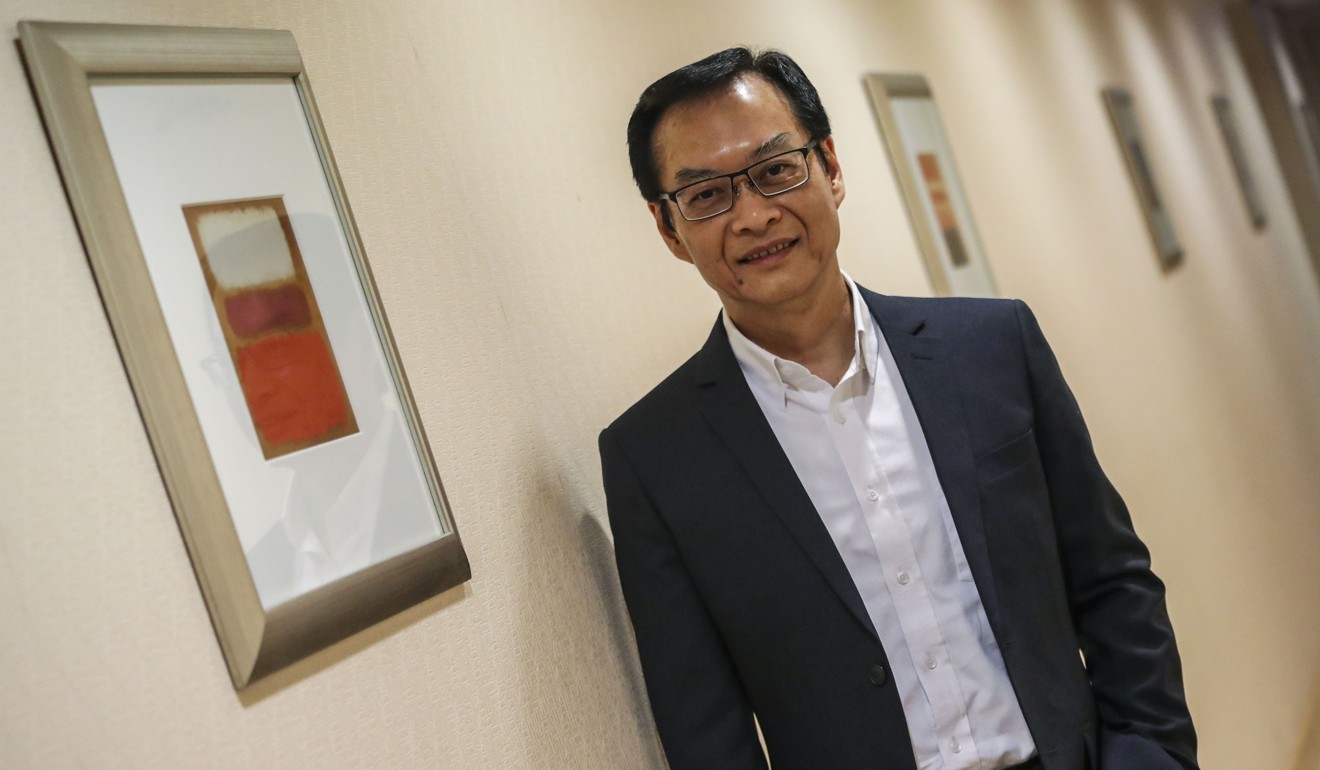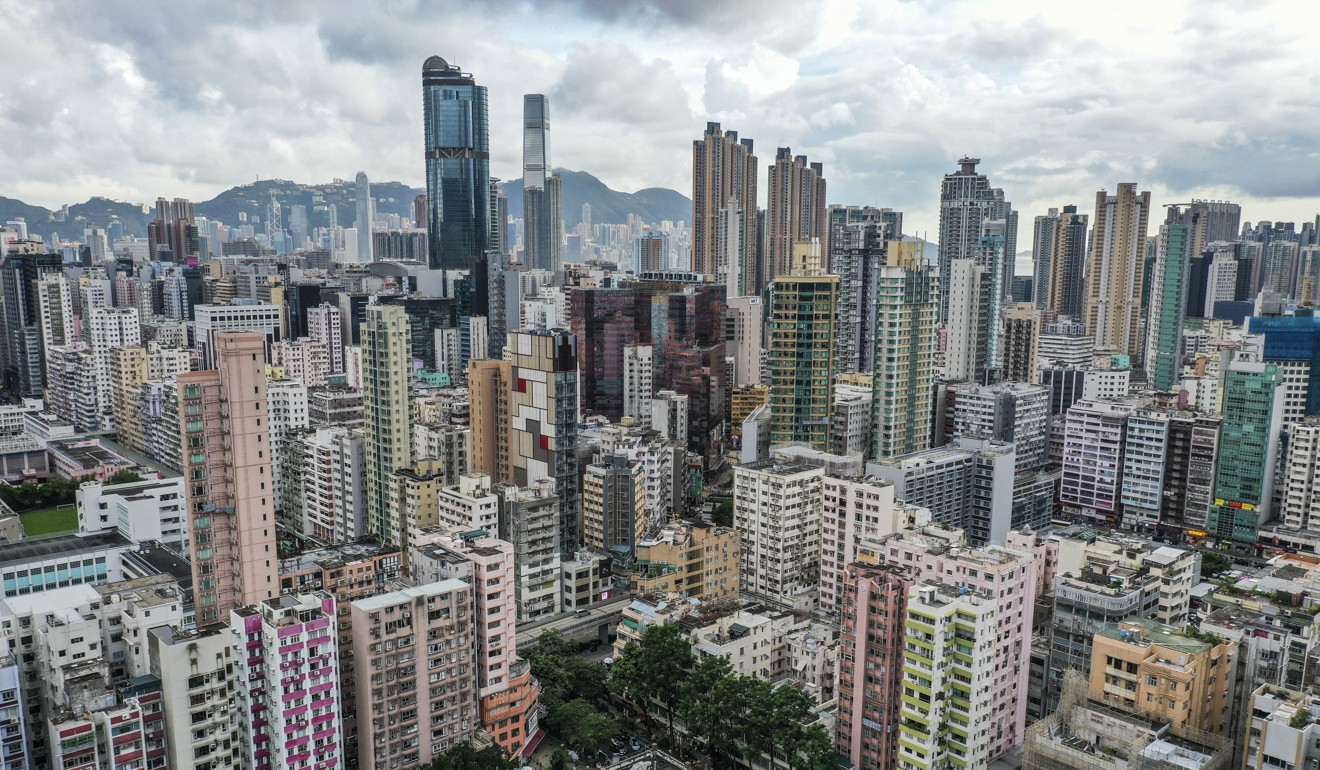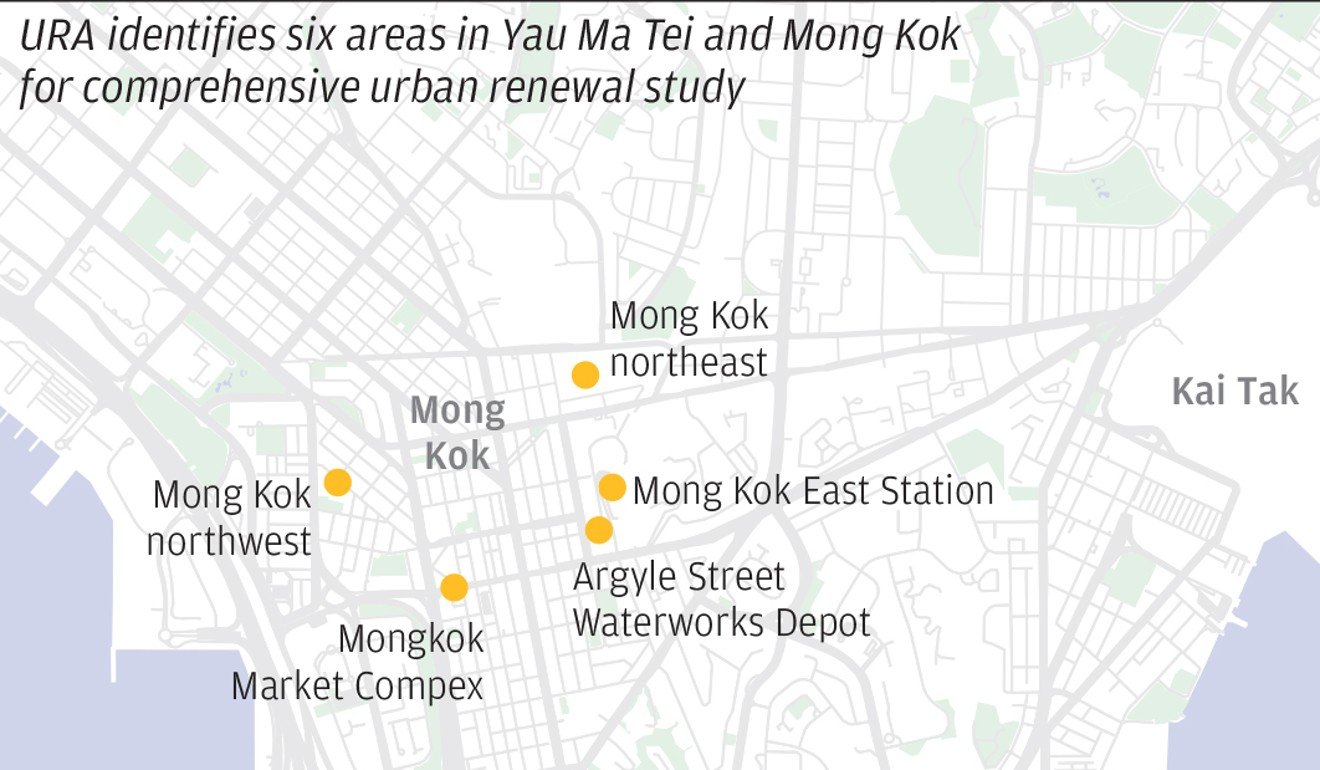
Hong Kong’s Urban Renewal Authority, which tackles housing decay in areas such as Yau Ma Tei and Mong Kok, sees dramatic fall in surplus, raising fears over its financial future
- Authority’s surplus drops 80 per cent in a year as pressure rises to buy expensive old buildings and transform them into cheap, quality housing
- The semi-public body considers pricey option of moving residents out of densely populated areas in Kowloon to improve living conditions
Hong Kong’s Urban Renewal Authority (URA) recorded a massive drop in its annual surplus in the last financial year, raising concerns over the body’s income volatility and long-term sustainability.
The semi-public body, which is responsible for the city’s regeneration, was HK$2.3 billion (US$294 million) in the black in 2018-19, a steep plunge from HK$12 billion the previous financial year, according to the authority’s latest annual report, submitted to the legislature on Tuesday.
“Such a level of fluctuation in our income will greatly affect our risk management,” said authority managing director Wai Chi-sing.
Wai said the large surplus in 2017-18 was due to a commercial project which attracted many bidders offering high prices, but the projects up for bidding last year were less attractive.

The authority is in charge of renewing old communities in the city through redevelopment, renovation and conservation.
It has been facing increasing financial pressure in recent years, as it is required to buy old buildings at above-market rates in the word’s most expensive property market, while facing high government expectations to provide housing at below-market prices.
Unlike private developers, which can delay purchases when property is at its most expensive, the authority needs to push forward its redevelopment projects regardless of market conditions.
The body, which is self-financing, has so far amassed a net asset value of HK$47 billion from government funding and previous surpluses, including HK$18 billion in cash and the rest in real estate that is subjected to market fluctuations.
Wai said the authority was expected to spend HK$34 billion on redevelopment projects in the coming five years, so if the property market took a downturn, it was at risk recording a deficit.
“We are very concerned about this,” he said.

That is why the authority has been exploring new strategies through a study on urban renewal planning for Yau Ma Tei and Mong Kok districts.
The districts cover 3,300 buildings, with 80 per cent aged 30 years or older.
Wai said the Yau Mong District Study would consider three scenarios: one where the population after renewal remained similar to the current level of about 220,000; another where the population would be reduced by 14 per cent; and the third where the population would be reduced by 28 per cent.
Hong Kong’s finance chief shares plans for more affordable public housing
In the first two scenarios, the average open space in the districts would be 2.5 square metres per person, higher than the current 1.2 square metres per capita. In the third scenario, the average open space per person could be further increased to 3.5 square metres.
However, Wai said, in the scenarios where the population was reduced, the authority could incur a loss of HK$200 billion to redevelop all the targeted buildings, with a cost of HK$1.1 trillion.

In those scenarios, the government would also need to provide alternative sites for some residents to relocate from areas under population reduction, he added.
One strategy to reduce potential financial loss, he said, would be to renovate and upkeep, instead of redeveloping, some buildings that are in better condition.
Another would be to explore building taller and denser towers in areas with higher economic potential in exchange for lower density and more open space in less commercial areas.
Urban Renewal Authority in need of reform
Wai said the authority had identified six locations in the districts for studying whether those strategies would work, including areas such as around Austin station, Mong Kok East station and Mong Kok market.
The Yau Mong study was expected to be completed early next year, before going up for public consultation.
Another project that could sting the authority financially is redevelopment of low-rise estates run by Civil Servants' Cooperative Building Societies, which the government has tasked the authority to look at.

Wai said the authority initially identified two clusters of estates involving 37 societies, but refused to disclose the locations. He said the two sites could be redeveloped into more than 3,000 flats, but the authority needed to discuss with the government the proportion of low-cost public flats and whether those flats should be built by the government or the body.
“Our financial situation will be one of the factors in considering whether we will undertake [more public housing projects],” he said.
Spiralling property prices ‘place urban renewal work in jeopardy’
Economist Andy Kwan Cheuk-chiu said the nature of the authority meant the government would need to step in and sustain its long-term operation.
“I think it is highly possible that the URA will record a deficit in the future, because the cost of buying old buildings has become very high,” Kwan said.
“The URA is also bound by political views that it should not maximise profit like a private developer.”
Former URA board member Professor Eddie Hui Chi-man, of Polytechnic University's department of building and real estate, said he believed the scenario where Yau Ma Tei and Mong Kok would keep its current population after renewal was most likely, because it required the least public resources.
He pointed out that there was no space nearby for populations to spill over into, so relocation sites could only be found in remote districts in the New Territories.
“Even if the government has identified decanting sites, it remains a question whether residents in those urban districts would like to move out,” Hui said.

